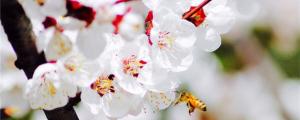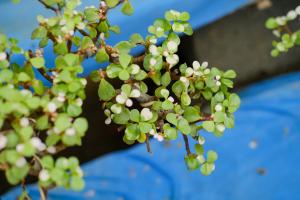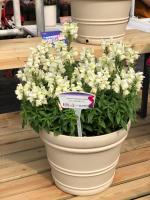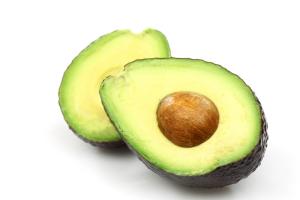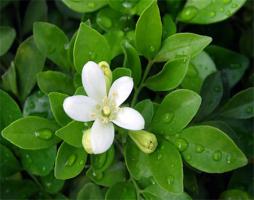How to Mulch a Newly Planted Tree
Mulching is an important step in the tree planting process. Not only does it help improve the tree's growth and health, but it also helps protect it during harsh weather conditions. In this article, we will discuss the proper methods for mulching a newly planted tree.
Choose the Right Mulch
The first step in mulching a new tree is to choose the right type of mulch. There are several different options available, including wood chips, straw, leaves, and shredded bark. It is important to choose a mulch that is organic, free of weed seeds, and will break down over time to improve the soil's nutrient content.
When selecting a mulch, consider the source of the material. Avoid using wood from diseased trees or wood that has been chemically treated, as this can harm the tree. It is best to use mulch made from locally sourced wood or other organic materials.
Prepare the Area
Before applying mulch, clear the area around the tree of any existing weeds, grass, or other vegetation. This will help prevent competition for nutrients and water. It is important to remove any debris, such as rocks or sticks, that could hinder the tree's growth.
Next, create a ring of soil around the base of the tree that is level with the soil surface. This ring will help prevent the mulch from touching the tree's trunk, which can cause damage and provide a breeding ground for pests and disease.
Apply the Mulch
Spread the mulch in a layer that is 2-3 inches deep around the base of the tree, extending out to the drip line if possible. Be sure to keep the mulch a few inches away from the tree trunk to prevent damage.
Avoid creating a "mulch volcano" by piling up the mulch high around the tree's trunk. This can cause several problems, including trapping moisture against the bark, which can lead to rot or disease, and providing a habitat for rodents and insects.
Maintain the Mulch
The last step in mulching a new tree is to maintain the mulch over time. As the mulch breaks down, it will need to be replenished to maintain a depth of 2-3 inches. You can also add additional layers of mulch to help retain moisture, suppress weed growth, and improve soil health.
Be sure to monitor the area around the tree regularly and remove any weeds or grass that may sprout up through the mulch layer. Also, be cautious when mowing or using a weed trimmer around the tree to avoid damaging the trunk or root system.
Conclusion
Mulching a newly planted tree is an important step in promoting its growth and health. By choosing the right type of mulch, preparing the area, applying the mulch correctly, and maintaining it over time, you can help ensure that your tree grows strong and healthy for years to come.

 how many times do yo...
how many times do yo... how many planted tre...
how many planted tre... how many pine trees ...
how many pine trees ... how many pecan trees...
how many pecan trees... how many plants comp...
how many plants comp... how many plants can ...
how many plants can ... how many plants and ...
how many plants and ... how many pepper plan...
how many pepper plan...
